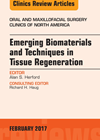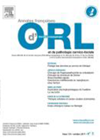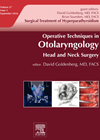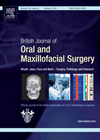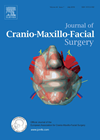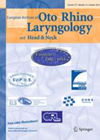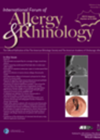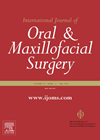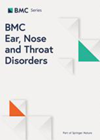
Journal Reviews
Tissue engineered flaps
This article provides a thorough summary of the current techniques available in head and neck reconstruction. It details the challenge of restoration of form and function posed by the shape of the craniofacial skeleton and soft tissue. The introduction on...
Minimal or not so minimal?
Parathyroidectomy is usually a straightforward technique when the target gland has been accurately determined. Surgical excision is usually through a small midline incision. With the advent of video assisted surgery, trials have been made to use this technique in parathyroidectomy....
Parathyroid pearls
This article serves to deliver some pearls of wisdom in parathyroid surgery for the ‘low volume parathyroid surgeon’. They have been divided into those relating to the preoperative diagnosis, imaging and localisation techniques and surgical difficulties. Recognised sources of error...
What is the optimum duration of voice rest after microlaryngoscopy procedures?
Recent survey data looking at the opinions and practices of otolaryngologists in the US and the UK demonstrate that there is a wide variation in recommendations made for voice rest after vocal fold surgery. In the US, the most common...
Playing hide and seek with parathyroid glands
This article focuses on revision surgery with respect to parathyroid glands. Clearly the stakes are higher with respect to the patients’ risks, but also with respect to the revision surgeon in finding the offending gland in scar tissue, where someone...
Hilotherapy for facial surgery patients?
Hilotherapy involves administering regulated cold compression through a facemask. The principle of this treatment involves cyotherapy as a traditional treatment for reducing inflammation, pain and swelling following trauma. It is believed that using hilotherapy (Hilotherm®), which uses a mask to...
Money saving using CAD-CAM in mandibular reconstruction
CAD-CAM (computer aided design and computer aided manufacturing) is an exciting field in the functional and accurate reconstruction of oral cavity defects. This is a prospective study from Italy based on data from 20 consecutive mandibular reconstructions from 2011 to...
Do tonsillotomies have a higher revision rate than tonsillectomies?
Tonsillotomies have gained popular acceptance in children with sleep-disordered breathing (SDB) in recent years. Short-term advantages that have been shown in the literature include lower haemorrhage rates, shorter operation times and less pain. Evidence for long-term effects are sparse due...
Outpatient closure of CSF leaks: a good idea or a step too far?
After day-case septoplasty, day case thyroidectomy, now day case CSF leak repair – has the pendulum moved too far? The authors put forward a convincing case for what, only 10 years ago, would have sounded like a provocation. They quote...
Safe distances in the infratemporal fossa
This analysis from China involved 50 enhanced CT datasets to reconstruct the skull, internal carotid artery and the internal jugular vein. The anatomical routes of these vessels were related to the styloid process, height of the pterygoid plates, distance from...
Maxillary osteotomy stability
This systematic review assesses inferior repositioning of the maxilla six months after surgery. Two articles were identified with a total of 22 patients. The repositioning was of a mean of 3.2 to 4.5mm anteriorly and 0.1 to 1.8mm posteriorly. Six...
A review of endoscopic sinus surgery outcomes
This review discusses the outcome measures that may be considered in the assessment of patients with chronic rhinosinusitis (CRS) as well as the outcomes of endoscopic sinus surgery (ESS) published so far. The authors also discuss the role of peri-operative...

